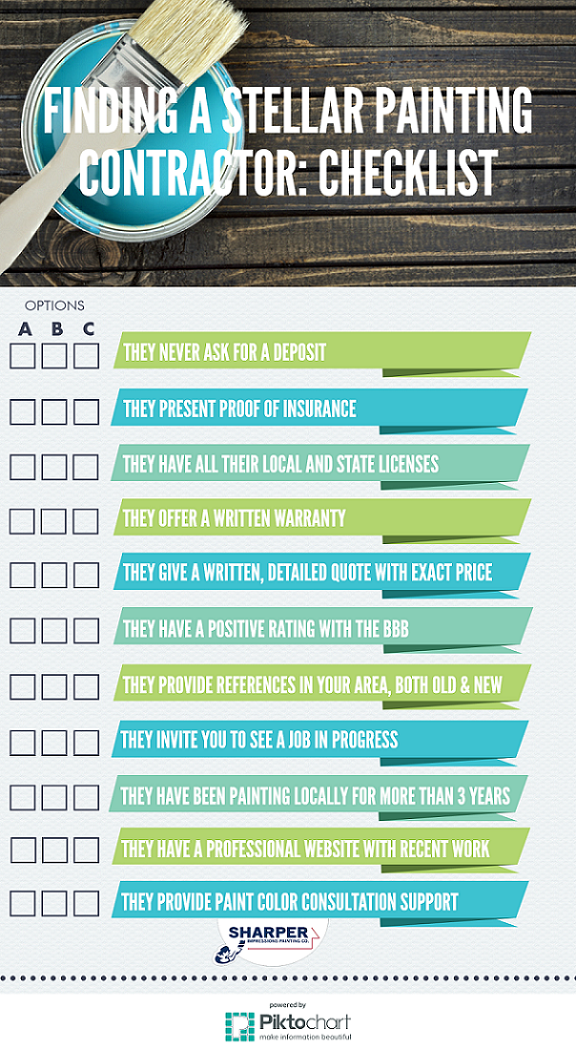Understanding Seasonal Influences On Commercial Exterior Painting: Important Knowledge For Success
Understanding Seasonal Influences On Commercial Exterior Painting: Important Knowledge For Success
Blog Article
Content Writer-Korsholm Whalen
When you're planning a commercial external paint project, seasonal elements can make or break your results. You'll wish to consider how temperature level and moisture impact paint application and drying times. Selecting the appropriate season can ensure your paint adheres correctly and lasts much longer. But which periods are truly the very best for this sort of work? Let's discover exterior home painting that can impact your project's success.
The Impact of Temperature on Paint Application
When you're intending an industrial external paint job, the temperature can substantially affect exactly how well the paint sticks and dries.
Ideally, you wish to repaint when temperatures range between 50 ° F and 85 ° F. If it's also chilly, the paint may not heal correctly, causing issues like peeling or splitting.
On the other hand, if it's too hot, the paint can dry also swiftly, protecting against correct bond and causing an irregular finish.
stellar painting solutions must likewise consider the time of day; morning or late afternoon offers cooler temperature levels, which can be a lot more desirable.
Always examine the maker's recommendations for the certain paint you're using, as they commonly offer advice on the excellent temperature level array for optimal results.
Moisture and Its Impact on Drying Times
Temperature level isn't the only ecological factor that affects your industrial exterior paint task; humidity plays a substantial duty too. High moisture levels can slow down drying out times drastically, influencing the total top quality of your paint task.
When the air is saturated with dampness, the paint takes longer to cure, which can lead to issues like inadequate bond and a greater threat of mold development. If you're repainting on a specifically damp day, be planned for extensive wait times between layers.
It's essential to monitor regional weather and plan accordingly. Preferably, aim for humidity degrees between 40% and 70% for optimum drying out.
Maintaining these factors in mind guarantees your job remains on track and provides a lasting coating.
Best Seasons for Commercial Outside Paint Projects
What's the most effective season for your industrial external painting jobs?
Springtime and early autumn are commonly your best choices. During these periods, temperature levels are moderate, and humidity degrees are typically reduced, producing optimal conditions for paint application and drying out.
Stay clear of summertime's intense heat, which can cause paint to dry as well swiftly, resulting in inadequate bond and coating. Similarly, wintertime's chilly temperature levels can impede appropriate drying and treating, taking the chance of the long life of your paint task.
Aim for days with temperatures in between 50 ° F and 85 ° F for ideal outcomes. Remember to examine the neighborhood weather forecast for rain, as damp problems can spoil your job.
Preparation around these factors guarantees your paint job runs efficiently and lasts much longer.
Final thought
In conclusion, intending your industrial external painting tasks around seasonal considerations can make a considerable distinction in the outcome. By scheduling work throughout the optimal temperatures and humidity degrees, you'll make certain much better bond and drying times. Remember to watch on local weather report and choose the right time of year-- springtime and very early fall are your best bets. Taking Read the Full Post will certainly assist you accomplish a long lasting and professional finish that lasts.
